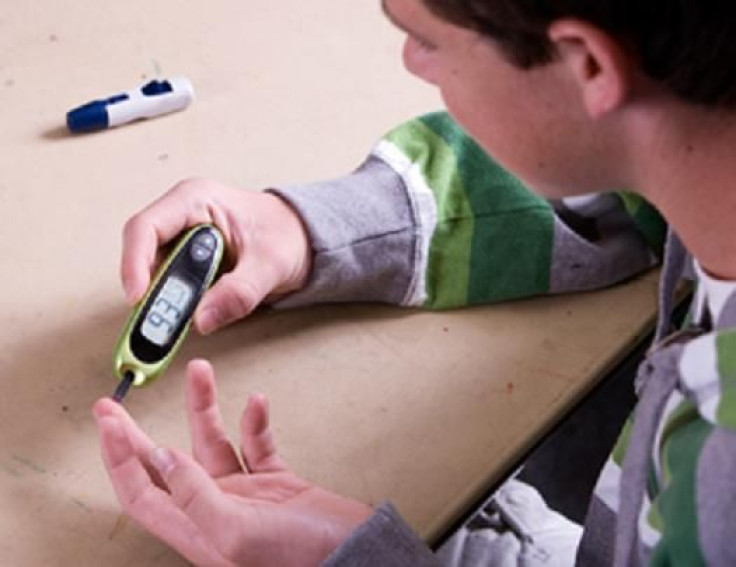Many Young Americans Will Be Diagnosed With Diabetes by 2050: Study

Many young adults will have diabetes type-1 or type-2 by 2050, says a new study.
Researchers estimate that if the incidence rates of diabetes remain same, then we could see a 49 percent increase in the number of young people diagnosed with diabetes type-2 and 23 percent hike in the number of diabetes type-1 cases in the next 40 years.
"These numbers are very important. As a society, we will need to plan and prepare for the high-quality care of these children," Dr. Giuseppina Imperatore, of the CDC's division of diabetes translation and lead author of the study, told HealthDay.
"With type 1 diabetes, we still don't know how to prevent it," said Dr. Imperatore. "But for type 2 diabetes, there is a great deal of research in adults that shows increasing activity and losing weight can help prevent [it]. Now we need more research to see if this is also the case for children at risk of type 2 diabetes."
Although most diabetes cases, about 80 percent, are expected to be in the developing nations, countries like the U.S. will also have to deal with a growing number of people who are diagnosed with this condition. Healthcare systems in the future will have to deal with the excess cost of providing care to these people.
"If we are to avoid the catastrophic impact on our citizenry, our health care system and our economy, we must aggressively address the issue of early detection and treatment, and prevention. With diabetes already responsible for over 25% of the Medicare budget, the increase in both type 1 and type 2 diabetes in youth... sends an alarm that the future of the U.S. health delivery system will be overwhelmed unless prevention of diabetes becomes our next major health care goal," wrote Robert E. Ratner, the American Diabetes Association's Chief Scientific and Medical Officer, in a commentary accompanying the study.
The study is published in the journal Diabetes Care.



























